Abstract
There is increasing evidence of emerging resistance of the gonococcus to antibiotics, particularly penicillin, but apparent resistance may sometimes be due to concomitant infection with micro-organisms other than the gonococcus, which are not susceptible to this antibiotic. There is also evidence that clinical complications, particularly in the female, are much more frequent than was previously believed to be the case. The incidence of gonorrhoea has increased significantly in many countries in spite of the availability of the ”ideal” drug, penicillin. The reasons for the failure to control gonorrhoea in the individual and in the mass of patients are discussed, taking into account a number of factors relating to emerging drug resistance of the gonococcus, insufficient criteria for diagnosis, the possibility of persistence of infection and increased frequency of reinfection.
Full text
PDF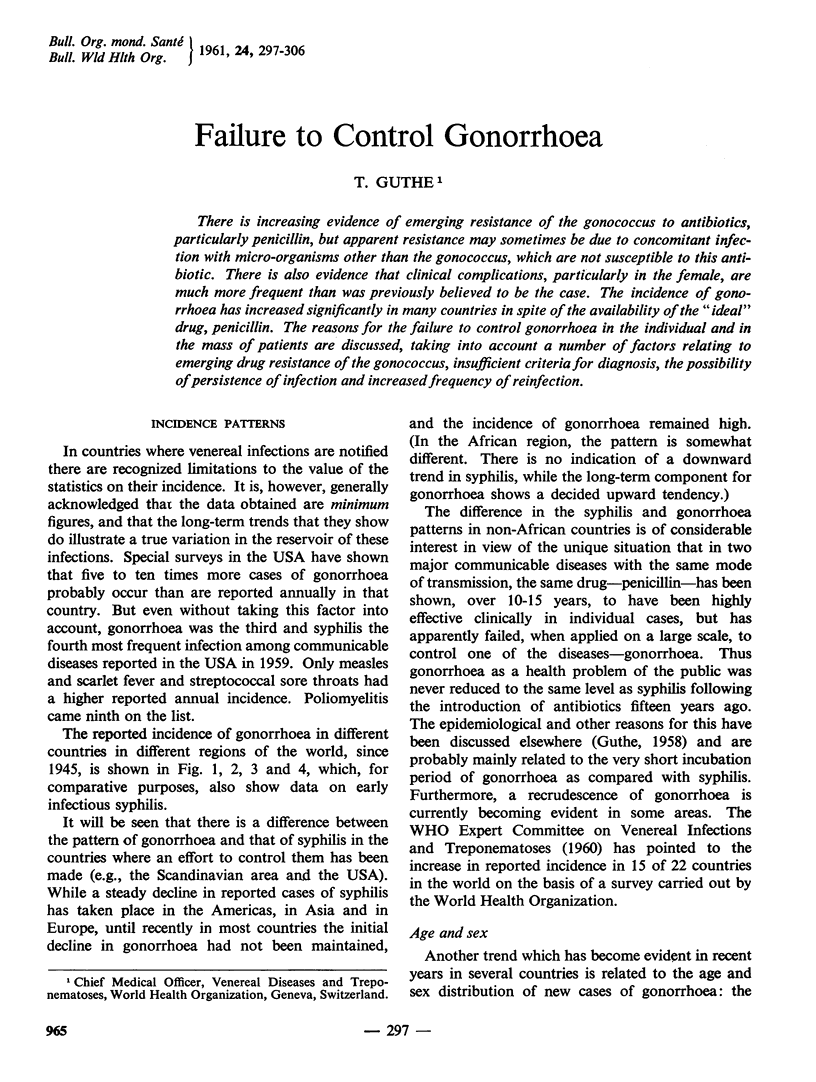
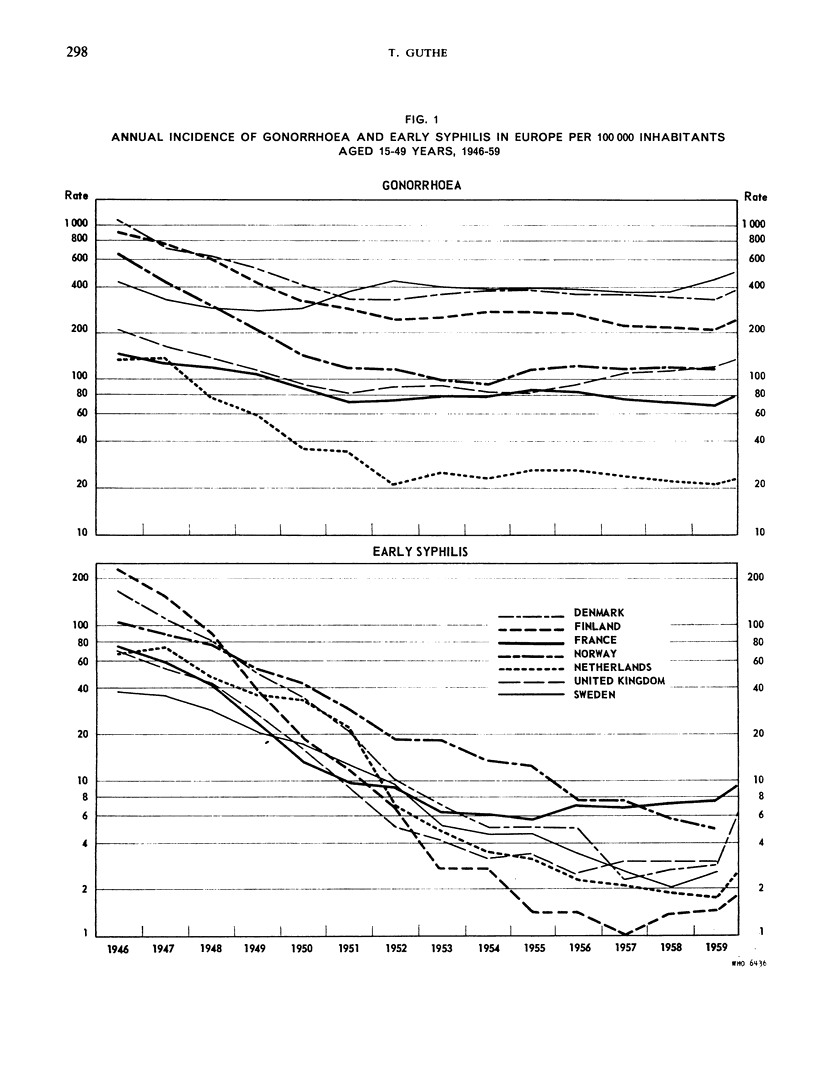

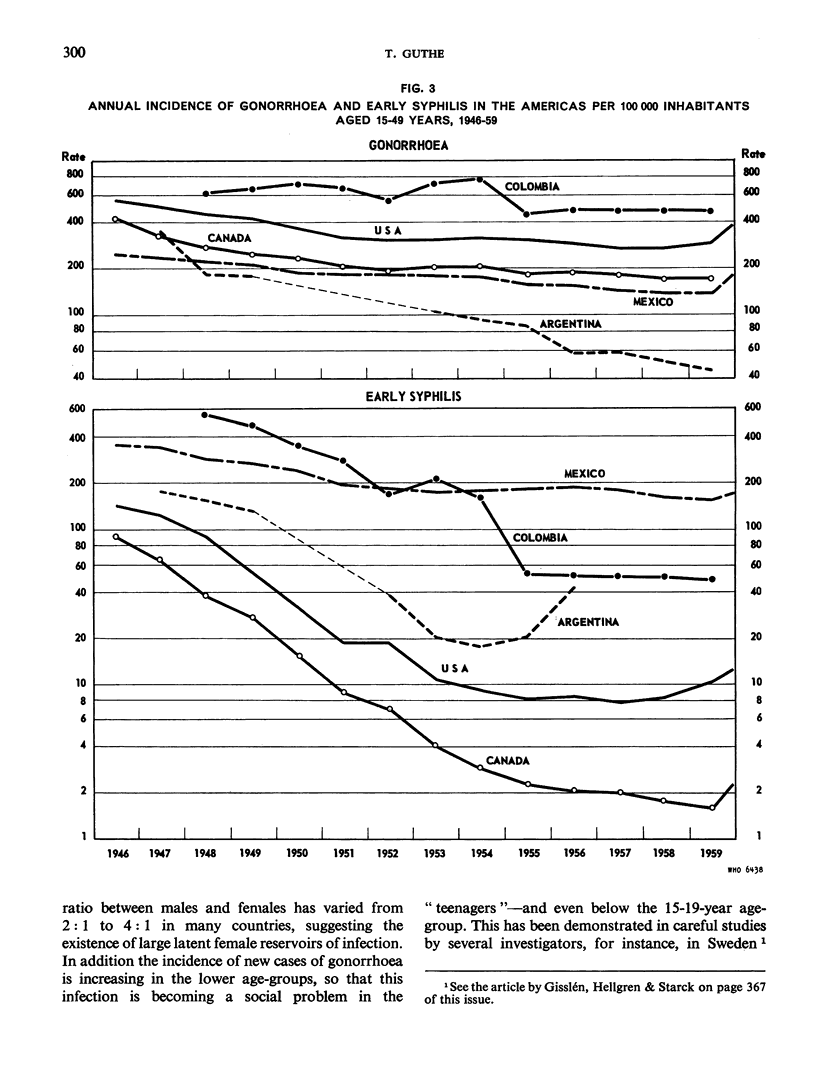


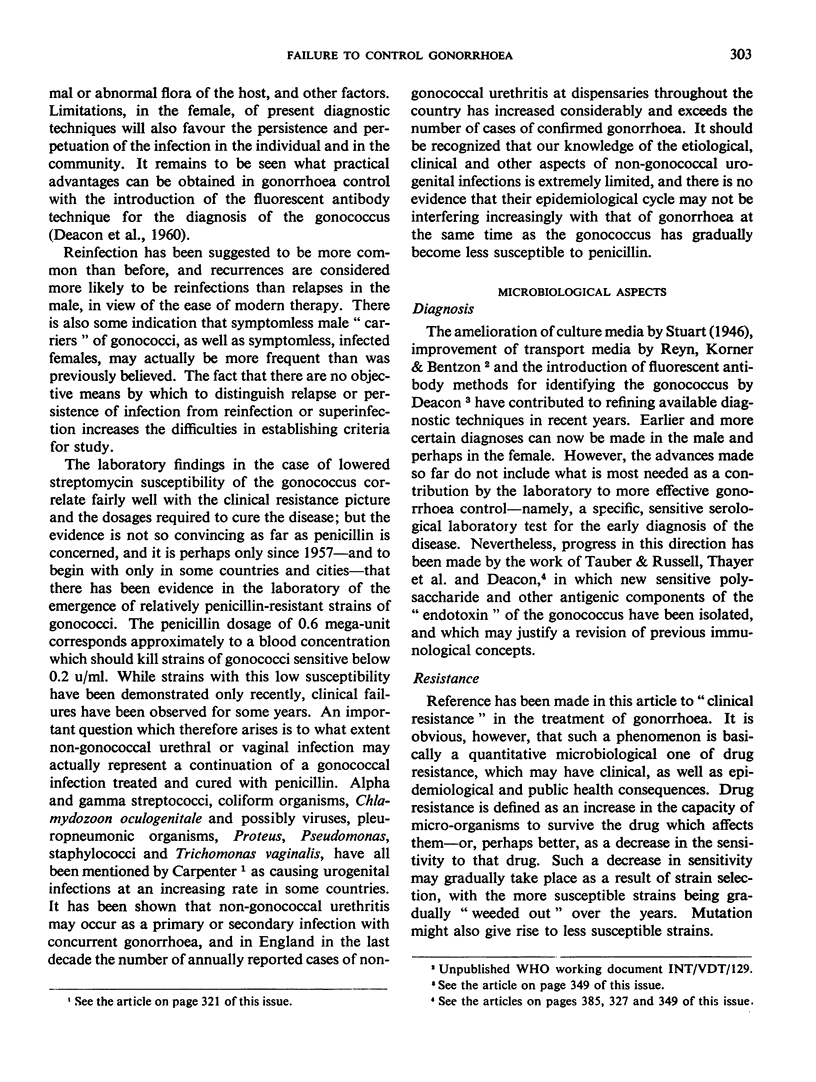
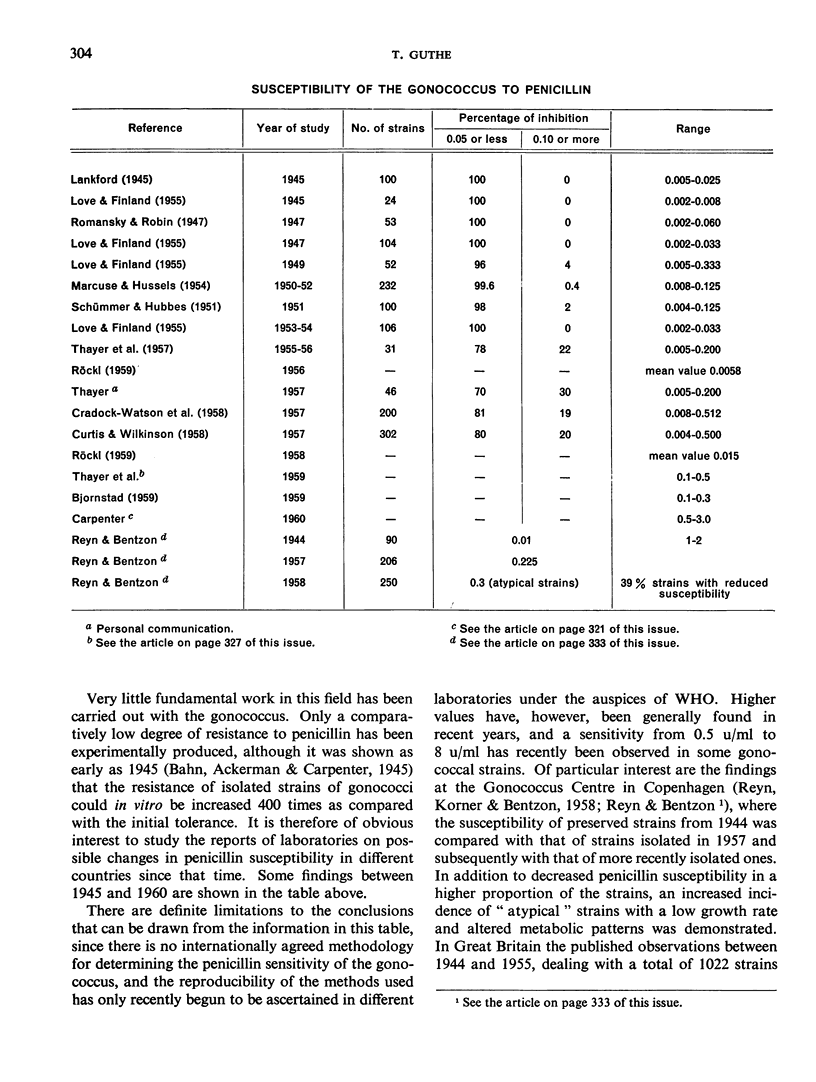


Selected References
These references are in PubMed. This may not be the complete list of references from this article.
- BJORNSTAD R. T., NOREIK K. [Gonorrhea caused by a penicillin- and streptomycin-resistant strain]. Tidsskr Nor Laegeforen. 1959 Oct 15;79:1167–1168. [PubMed] [Google Scholar]
- CRADOCK-WATSON J. E., SHOOTER R. A., NICOL C. S. Sensitivity of strains of gonococci to penicillin, sulphathiazole, and streptomycin. Br Med J. 1958 May 10;1(5079):1091–1092. doi: 10.1136/bmj.1.5079.1091. [DOI] [PMC free article] [PubMed] [Google Scholar]
- CURTIS F. R., WILKINSON A. E. A comparison of the in vitro sensitivity of gonococci to penicillin with the results of treatment. Br J Vener Dis. 1958 Jun;34(2):70–82. doi: 10.1136/sti.34.2.70. [DOI] [PMC free article] [PubMed] [Google Scholar]
- DEACON W. E., PEACOCK W. L., Jr, FREEMAN E. M., HARRIS A., BUNCH W. L., Jr Fluorescent antibody tests for detection of the gonococcus in women. Public Health Rep. 1960 Feb;75:125–129. [PMC free article] [PubMed] [Google Scholar]
- GUTHE T. Prevention of venereal infections. Bull World Health Organ. 1958;19(3):405–426. [PMC free article] [PubMed] [Google Scholar]
- HARO A. S., PATIALA R. Epidemiology of gonorrhoea in Finland from 1953 to 1955. Br J Vener Dis. 1957 Jun;33(2):70–77. doi: 10.1136/sti.33.2.70. [DOI] [PMC free article] [PubMed] [Google Scholar]
- HIRSCH H. A., FINLAND M. Susceptibility of gonococci to antibiotics and sulfadiazine. A study of strains isolated at Boston City Hospital from cases of acute gonorrheal urethritis in males, August, 1958 to February, 1959. Am J Med Sci. 1960 Jan;239:41–50. doi: 10.1097/00000441-196001000-00006. [DOI] [PubMed] [Google Scholar]
- LODIN A. A study of penicillin and streptomycin in the treatment of acute gonnorrhoea and an analysis of the incubation period. Acta Derm Venereol. 1956;36(6):502–508. [PubMed] [Google Scholar]
- LOVE B. D., Jr, FINLAND M. Susceptibility of Neisseria gonorrhoeae to eleven antibiotics and sulfadiazine; comparison of susceptibility of recently isolated strains with results obtained in previous years in the same laboratory. AMA Arch Intern Med. 1955 Jan;95(1):66–73. doi: 10.1001/archinte.1955.00250070082010. [DOI] [PubMed] [Google Scholar]
- MARCUSE K., HUSSELS H. Zur Frage der Penicillinempfindlichkeit der Gonokokken. Dermatol Wochenschr. 1954;130(39):1031–1044. [PubMed] [Google Scholar]
- MARTRES M., BONJEAN M., PHILIP H. [On a case of streptomycin-resistant gonococcal infection]. Bull Soc Fr Dermatol Syphiligr. 1959 Jun-Jul;3:418–418. [PubMed] [Google Scholar]
- REYN A., KORNER B., BENTZON M. W. Effects of penicillin, streptomycin, and tetracycline on N. gonorrhoeae isolated in 1944 and in 1957. Br J Vener Dis. 1958 Dec;34(4):227–239. doi: 10.1136/sti.34.4.227. [DOI] [PMC free article] [PubMed] [Google Scholar]
- ROCKL H. Nimmt die Penicillin-Empfindlichkeit der Gonokokken ab? Munch Med Wochenschr. 1959 Apr 17;101(16):708–712. [PubMed] [Google Scholar]
- WESENER G., PANSCHOW T., ZIMMERMANN A. Hat sich die Inkubationszeit der Gonorrhoe unter dem Einfluss der Sulfonamidund Penicillinbehandlung gewandelt? Z Haut Geschlechtskr. 1953 Nov 15;15(10):326–328. [PubMed] [Google Scholar]
- WILLCOX R. R., GUTHE T. The management of venereal diseases in ports: an international survey. Bull World Health Organ. 1957;16(5):1033–1038. [PMC free article] [PubMed] [Google Scholar]
- WILLCOX R. R. [Failures in the treatment of gonorrhoea in ethnic minorities]. Bull World Health Organ. 1958;19(3):569–574. [PMC free article] [PubMed] [Google Scholar]


